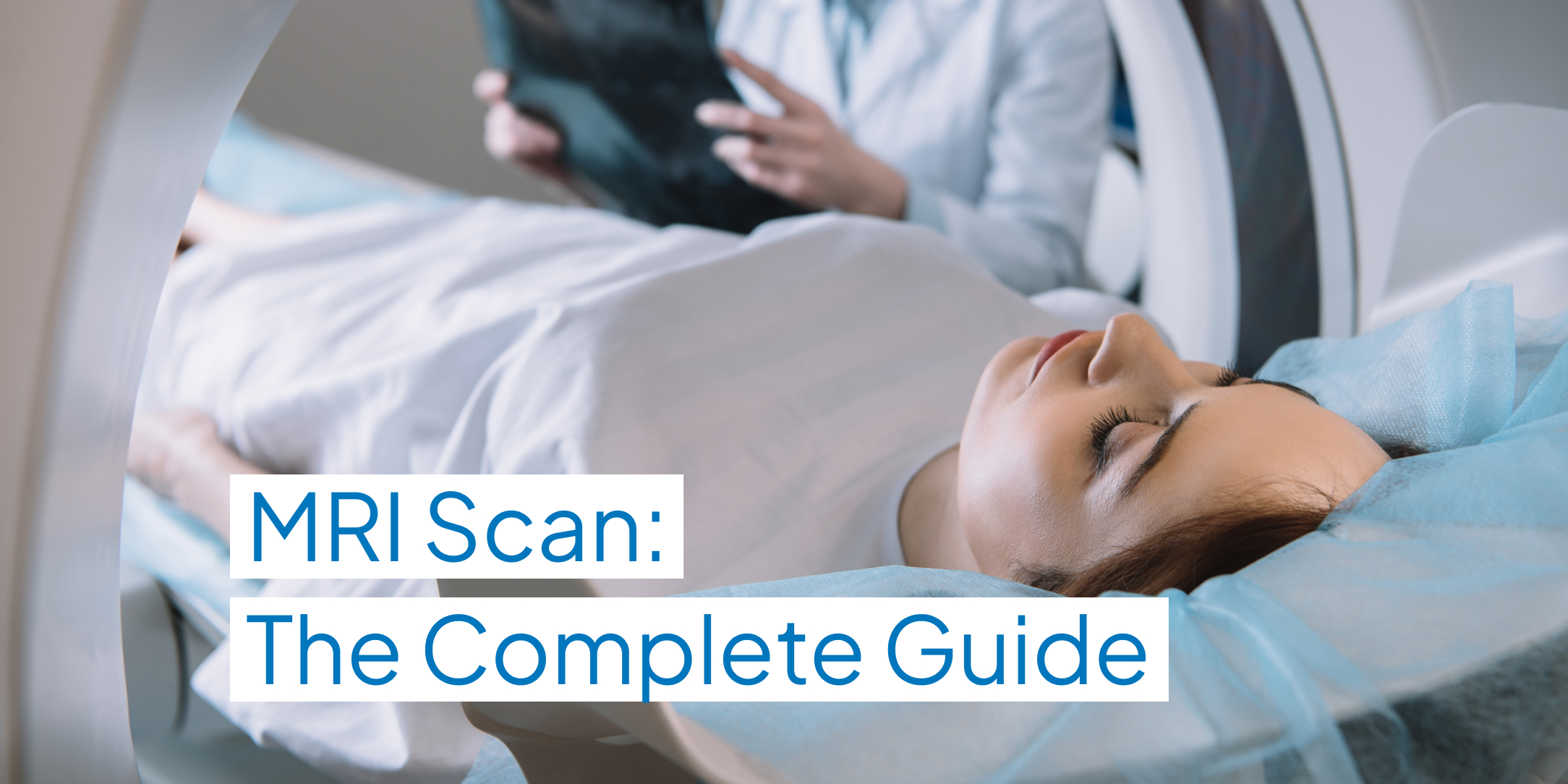Introduction to Fatty Liver Disease
Fatty liver disease, also called hepatic steatosis, happens when excess fat builds up inside the liver.
A small amount of fat in the liver is normal, but too much can affect how it functions.
It’s becoming increasingly common worldwide, not just in people who drink alcohol. Modern diets, sedentary lifestyles, and rising rates of obesity and type 2 diabetes all play a role.
Fatty liver can affect both alcohol users and non-drinkers. The causes and patterns may differ, but the damage to the liver can be similar.
Types of Fatty Liver Disease: AFLD vs NAFLD
Alcoholic Fatty Liver Disease (AFLD)
- Caused by excessive alcohol intake
- Stages: Fatty liver → Alcoholic hepatitis → Cirrhosis
- Stopping alcohol early can reverse the damage
Non-Alcoholic Fatty Liver Disease (NAFLD)
- Occurs without significant alcohol consumption
- Often linked to obesity, type 2 diabetes, high cholesterol, and insulin resistance
- Can progress to NASH (Non-Alcoholic Steatohepatitis), which involves inflammation and liver cell damage, and then to cirrhosis
Key Differences
- AFLD is driven by alcohol; NAFLD is linked to metabolic issues
- Both can cause inflammation, scarring, and long-term damage
- Overlap is possible, for example, someone with metabolic risk factors who also drinks heavily
Symptoms & Stages of Fatty Liver Disease
In the early stages, fatty liver disease often causes no symptoms at all. That’s why it’s sometimes called a “silent” condition.
When symptoms do appear, they may include tiredness, discomfort in the upper right side of the abdomen, or general malaise.
Stages of Fatty Liver Disease
- Simple steatosis – Fat build-up without inflammation
- Steatohepatitis (NASH) – Fat build-up with inflammation and damage to liver cells
- Fibrosis – Scarring of liver tissue
- Cirrhosis – Severe scarring that affects liver function
- Liver failure – The liver can no longer work properly
How MRI Helps in Fatty Liver Diagnosis
Because fatty liver disease can be silent, imaging is important for early detection.
- Ultrasound can detect fat, but it is less accurate in mild cases.
- CT scans are less sensitive for early disease and involve radiation.
- MRI-PDFF accurately measures the percentage of fat in the liver.
- MR Elastography checks for fibrosis without the need for a biopsy.
Reversing and Treating Fatty Liver
The good news: fatty liver is often reversible in its early stages.
- Weight loss can significantly reduce fat in the liver.
- Managing insulin resistance through diet, exercise, and sometimes medication can help.
- Alcohol abstinence is key in AFLD.
- Medications for NAFLD/NASH are in development but not yet widely available.
Diet & Lifestyle for Fatty Liver Management
Best diet approaches
- Mediterranean diet
- Plant-based eating
- Low-carb, whole-food diets
Foods to avoid
- Sugary drinks and snacks
- Processed foods
- Excess saturated fats and trans fats
Lifestyle tips
- Regular exercise (150 minutes of moderate activity per week)
- Adequate sleep
- Managing blood sugar levels
- Avoiding excess alcohol
When to Seek Medical Help & Get an MRI
You should seek medical advice if you:
- Have risk factors such as obesity, type 2 diabetes, or heavy alcohol use
- Have abnormal liver function tests (LFTs)
- Have inconclusive ultrasound results
- Are suspected to have NAFLD/NASH but need confirmation
Conclusion: Early Diagnosis + Diet = Better Liver Health
Both AFLD and NAFLD can cause long-term liver damage, but early diagnosis gives you the best chance of reversing it.
MRI is a powerful tool for detecting and staging fatty liver disease without invasive tests.
Diet and lifestyle changes remain the cornerstone of treatment — they can often halt and even reverse the damage.
If you’re at risk, act early and speak to your doctor about screening.
Book your private liver MRI scan at GetScanned UK and get fast, reliable results today.
GetScanned Today
FAQs
1. Can your liver heal from non-alcoholic fatty liver?
Yes. In the early stages, lifestyle changes such as healthy eating, weight loss, and regular exercise can reverse fat build-up in the liver.
2. Where is the pain with a fatty liver?
Some people feel discomfort or a dull ache in the upper right side of the abdomen, just below the ribs.
3. Can fatty liver lead to cancer?
Yes. In some cases, long-term inflammation and scarring can increase the risk of liver cancer.
4. Does fatty liver always cause symptoms?
No. Many people have no symptoms, especially in the early stages.
5. Is NAFLD more dangerous than AFLD?
Both can be dangerous if untreated. NAFLD is more common globally, but AFLD can progress quickly if alcohol use continues.




